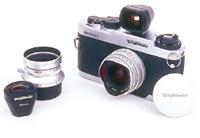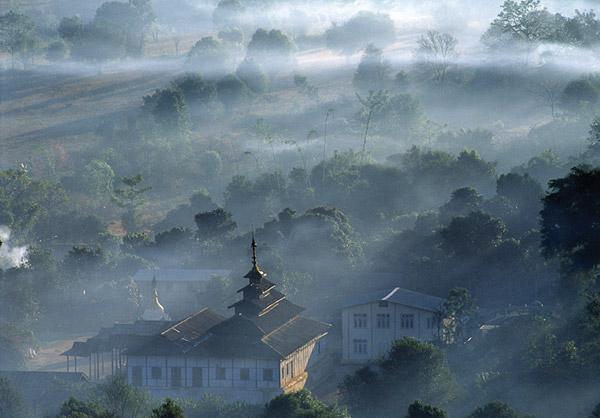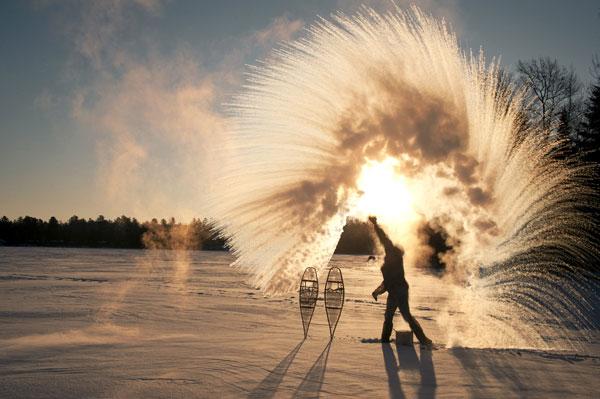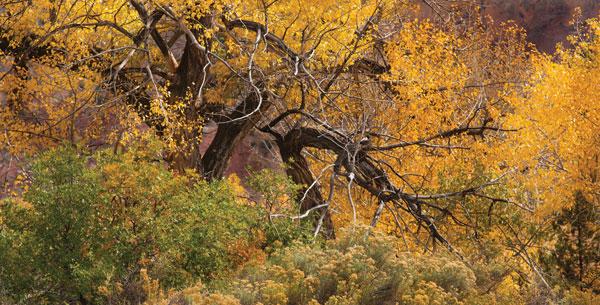Pro Techniques
Sort By: Post DateTitle Publish Date
|
Dec 01, 2009 |
|
May 01, 2010 |
|
Oct 22, 2024 |
|
May 01, 2009 |
|
May 07, 2012 |
First Published: Mar 01, 2012 |
|
Jan 03, 2025 |
|
Nov 15, 2006 |
First Published: Dec 01, 2006 |
|
Dec 06, 2013 |
First Published: Nov 01, 2013 |
|
Jun 01, 2007 |
|
Aug 19, 2014 |
|
Nov 24, 2014 |
|
Dec 24, 2014 |














